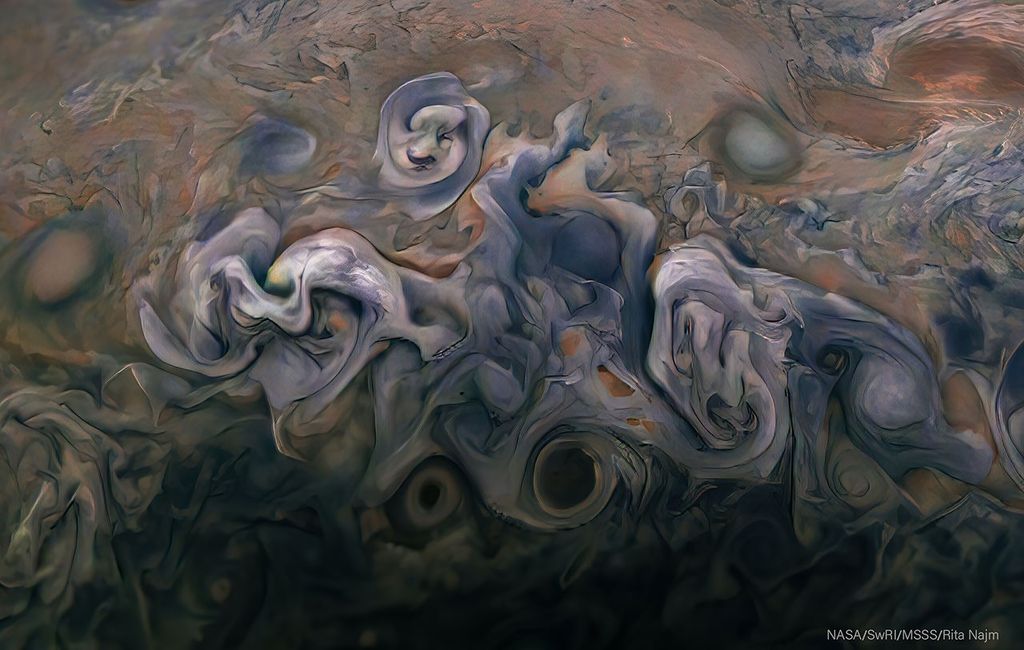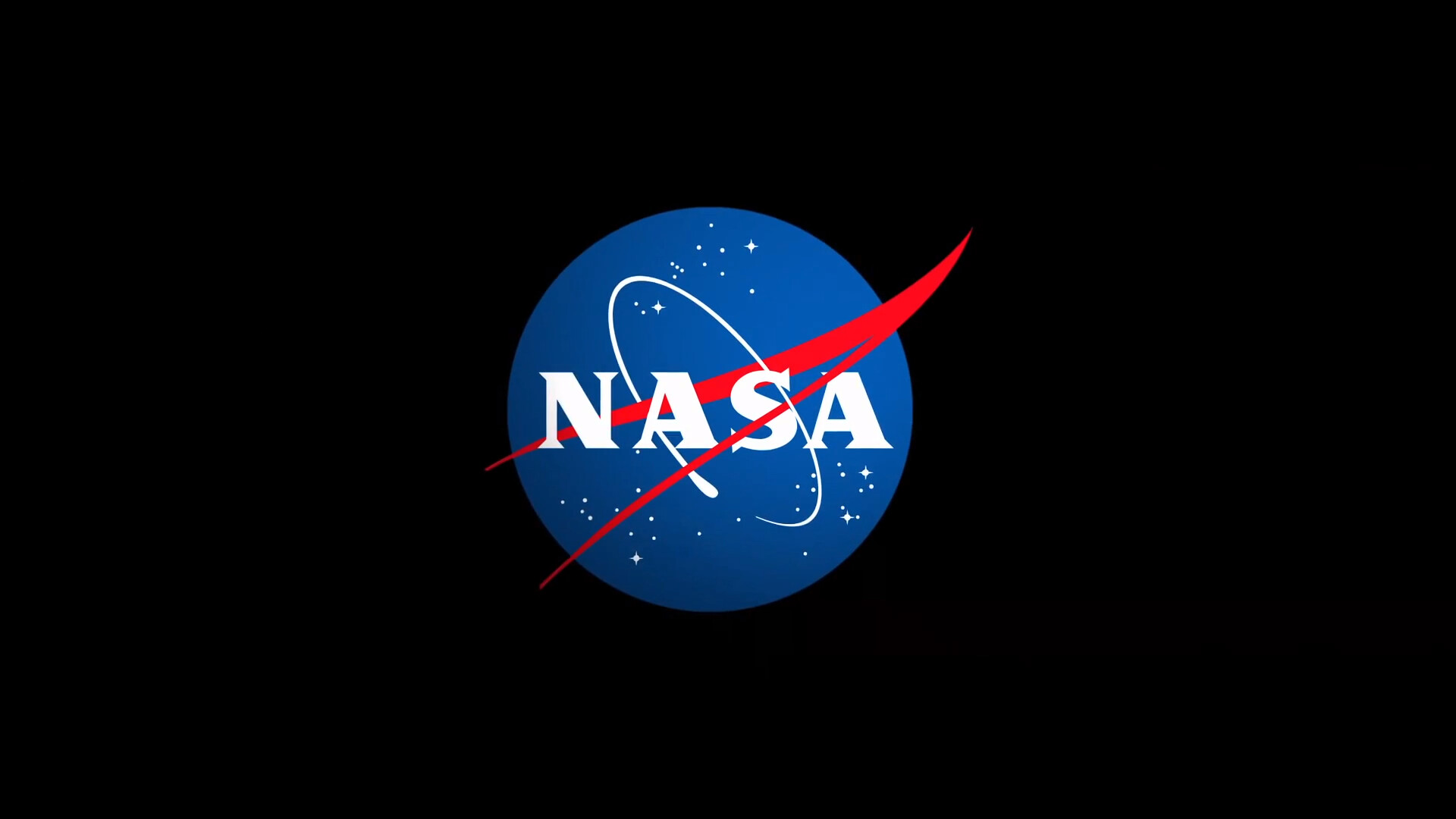By Jim Cawley
NASA’s Kennedy Space Center
For almost three decades, NASA’s Established Program to Stimulate Competitive Research (EPSCoR) has supported science research and development at colleges and universities. The program strengthens the research capability of institutions in underfunded jurisdictions while also funding studies critical to NASA’s mission.
EPSCoR grants enable recipients to conduct research aimed at developing long-term, competitive capabilities in aerospace. The program, based at the agency’s Kennedy Space Center in Florida, focuses on 25 states and three territories (Guam, U.S. Virgin Islands, and Puerto Rico). Combined, the 28 EPSCoR jurisdictions receive less than 10% of available federal research funding.
“This compares to California, which alone receives more than 12%,” said Jeppie Compton, NASA EPSCoR’s project manager. “In 1998, six states received over half of U.S. research dollars (California, Michigan, New York, Massachusetts, New Jersey, and Texas). Today, that percentage has changed very little.”
On June 4, NASA announced EPSCoR funding awards totaling $1.4 million to nine universities across the country. The awardees’ projects are applicable to NASA’s work in Earth science, aeronautics, and human and robotic deep space exploration. Six support International Space Station flight opportunities, while three represent suborbital flight opportunities.
Developing these capabilities contributes to the jurisdictions’ economic viability and expands the nation’s base for aerospace research and development. The universities also transfer research results from the projects to NASA, where they may be used as part of ongoing agency work.
“All institutions of higher education within the jurisdiction have the opportunity to submit a proposal for consideration, Compton said. “The program is approaching close to 200 funded research awards that support the NASA mission.”
Oklahoma State University, which had two proposals selected – one in the space station category and one in suborbital flight – plans to study the ionizing radiation environment in Earth’s atmosphere. The researchers hope to gain valuable information on the levels of radiation at high altitudes and the effects of radiation exposure on people and equipment.
Eric Benton, associate professor in the Oklahoma State University department of physics, and science principal investigator for the two projects, has been developing detectors to measure the radiation exposure of space crews, aircrews, and passengers since 2007, when he first won a NASA EPSCoR grant to pursue this technology.
“The fact that I can actually demonstrate these detectors in the environments in which they are designed to operate signifies one of the strengths of this program,” Benton said. “It is wonderful for me and my students to see the fruits of our research actually operate aboard the space station and in the upper atmosphere. I’m looking forward to this technology being adopted for use in tomorrow’s spacecraft and high-altitude aircraft.”
Montana State was selected for its proposal using a novel technology to produce high-protein food on the space station. The research involves growing a fungus and using a patented fermentation process to create a potential source of fresh protein and nutrients.
The varietal originally isolated in Yellowstone National Park, grows in long threads that, with the right environment, specific nutrients, and processing technique, yields a high-protein food with a meat-like texture. The process requires very little water, maintenance, or energy to produce, with very little waste in germination. The research may help address challenges of producing nutritious foods from limited resources at remote locations, making it relevant to space exploration and missions on Earth, such as disaster relief efforts.
“The EPSCoR program is enabling this technology to be developed and tested at a very exciting time in space exploration, with stated national goals of sending humans to the Moon and Mars,” said Ross Carlson, Montana State professor of chemical and biological engineering, and the proposal’s science investigator. “The project highlights the importance and far-reaching impact of fundamental research for the pursuit of NASA and U.S. scientific goals.”




























